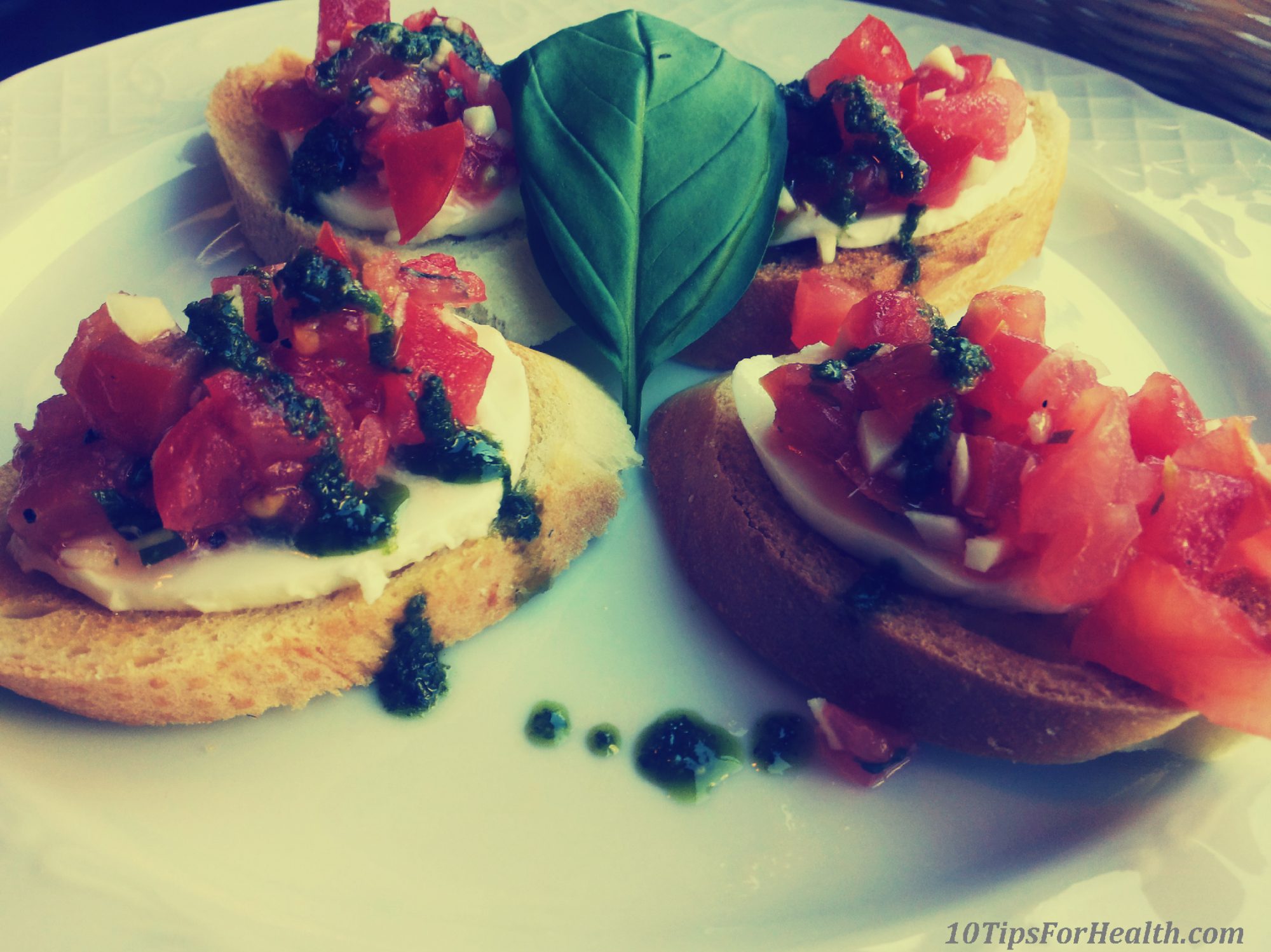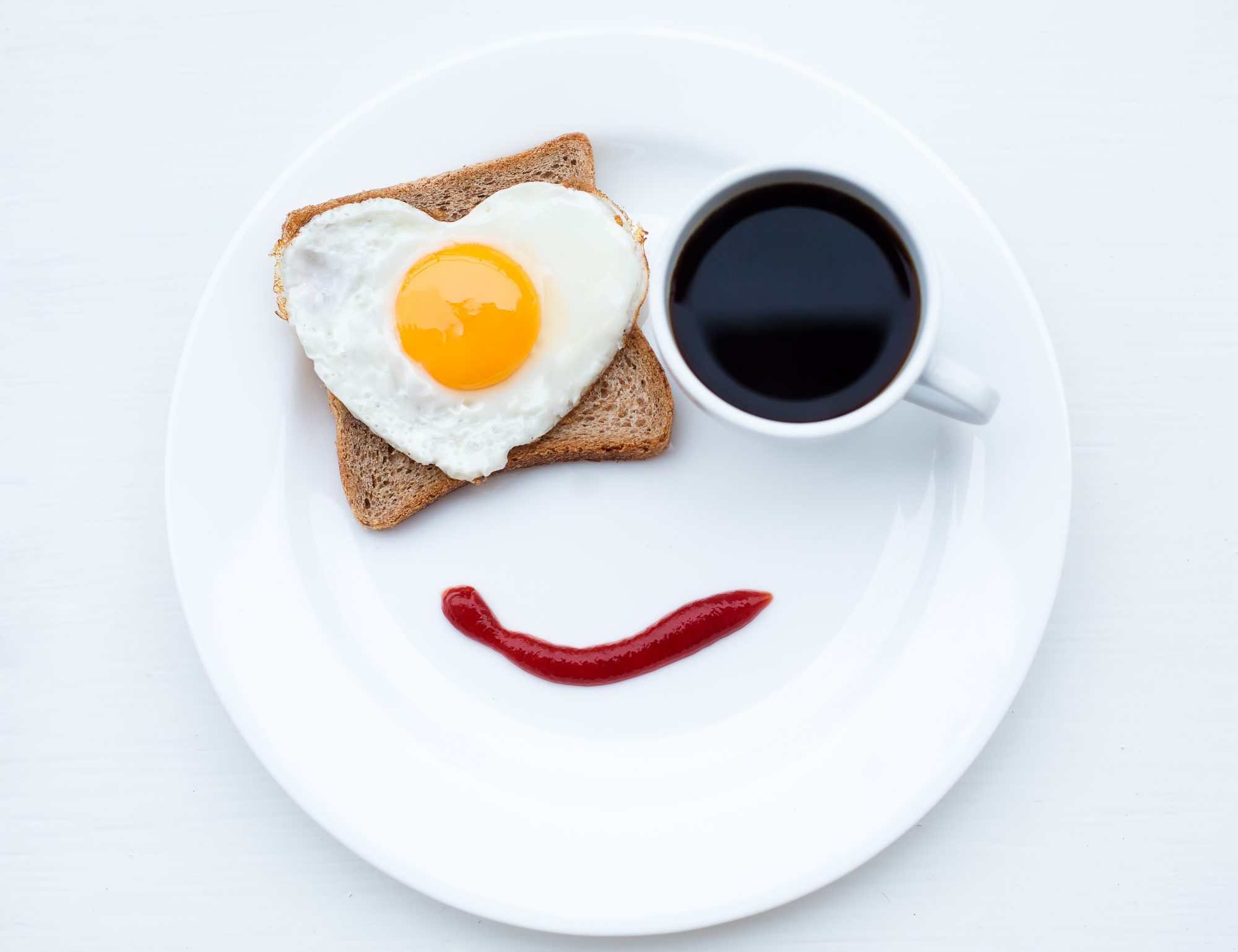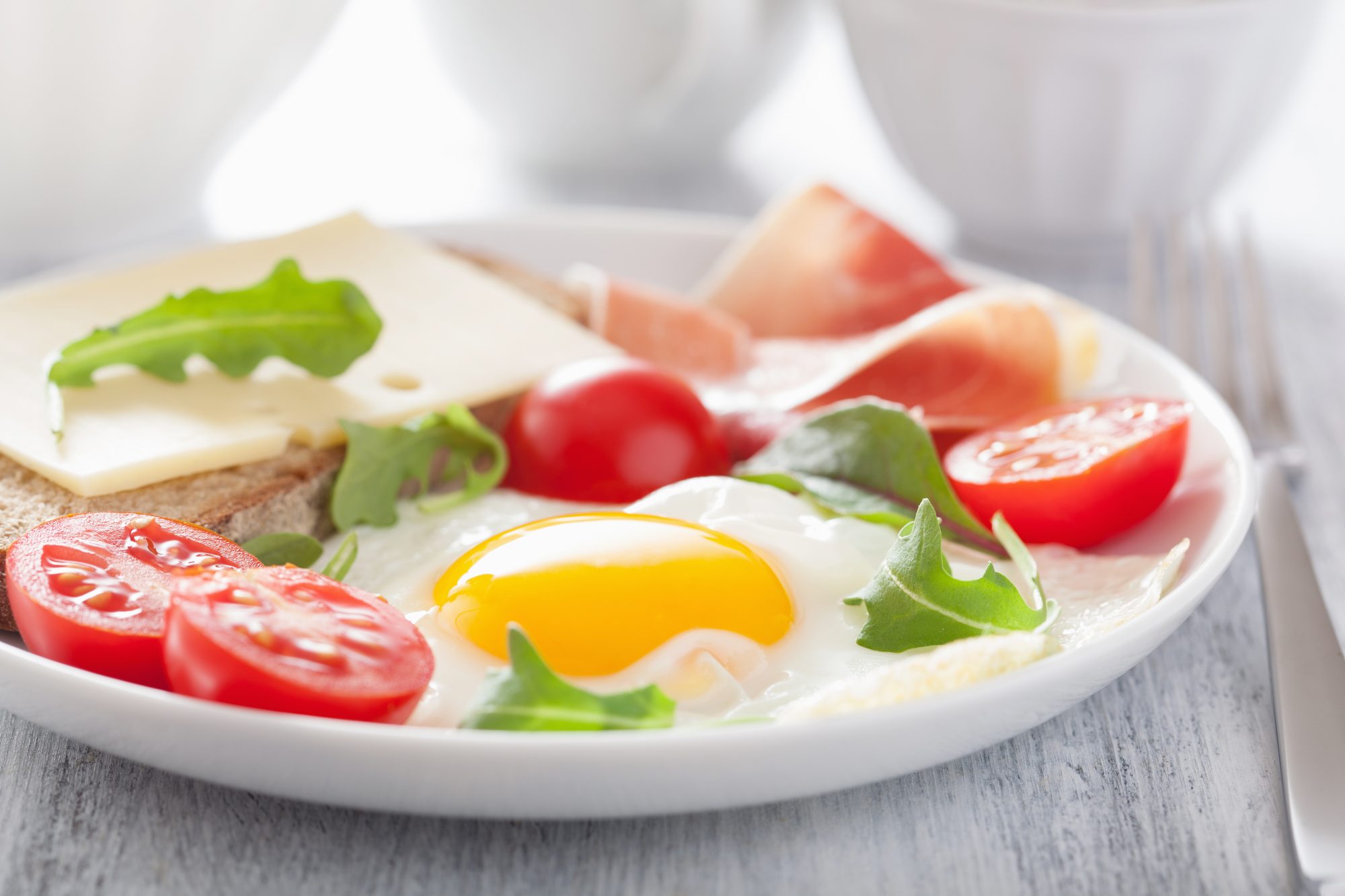“I don’t go long without eating. I never starve myself: I grab a healthy snack.”
~Vanessa Hudgens
Snacks are an important part of a balanced and healthy diet and play a significant role in maintaining good health and a healthy weight.
Snacks can be a simple and good tool for weight control, but, if consumed improperly, they can also be the cause of a weight gain.
The right snacking can provide energy, improve mood, and increase productivity, while unhealthy snacking habits can influence the occurrence of certain ailments.
Therefore, it is important to understand the essential aspects of snacking provided below:
1. A snack is a small meal (100-200 calorie meal) eaten between main (large) meals. A snack is a small portion of food that is eaten once between the preceding large meal and the next large meal (e.g., between breakfast and lunch). Also, a snack can be eaten shortly before going to bed (a midnight snack). So, you should have 2 to 3 snacks per day.
2. Snacking is necessary when you feel hungry between meals – it helps avoid cravings and overeating at your next large meal. Six-meal eating – when you interject healthy snacks in between main meals – helps to stave off hunger and promote weight loss. The symptoms of starvation usually occur when the absence of eating is extended longer than a period of three to six hours.
3. Snacks should be planned around regular (main) meal schedules. Snacks should not interfere with the appetite and make you skip main meals. Eating snacks at the same time every day (as well as main meals), and having them when there is still some time left to get a little hungry before the next meal would benefit your body and health.
4. Snacks should be chosen from a wide variety of nutritious foods, so they contribute important nutrients to your diet. Healthy snacks include those that have significant vitamins, are low in saturated fat and added sugars and have low sodium content. Healthy snacks include foods such as whole grains, fruits and vegetables, nuts and seeds, low fat dairy products, lean meats, hard boiled eggs and lean cheese.
5. However, you do not necessarily have to eat products from different food groups within one snack – you can have one type of food (e.g., a handful of nuts) for one snack and the other food product (e.g., an apple) for your next snack. Just make sure to eat variety of foods throughout the day. However, if you want you may have a mix of different food products within one snack (for example, you may have natural plain yogurt topped with some fruits and nuts).
6. Snacks are a part of your total daily food intake and should be low in calories so that you do not exceed your total daily calorie intake. Sedentary men have a recommended daily calorie intake of about 2500 kcal and sedentary women – about 2000 kcal (calorie needs may vary depending on a person’s age and exercise level as well). The average calorie intake during one of the main meals is about 500-600 calories leaving a range of remaining 300-900 calories (in total) for snacks between main meals. Overdoing this daily allowance can cause weight gain no matter if the snack is healthy or not.
7. Low-calorie does not necessarily mean healthy. Selection of snacks should be based not only on taste and appearance. Nutritional value related to calories is an important indication of whether you’re getting real food value in snacks. Choosing more often a snack that has more nutrients per calorie can help get required nutrients without exceeding the discretionary calorie allowance.
8. Beverages, such as coffee or tea, are not snacks though they may be consumed along with snack foods. Just make sure that your beverage, consumed with a snack food, is not high in calories – otherwise it alone may exceed your calorie limit per snack. Choose drinks without additives (e.g., coffee without additives is almost a zero-calorie drink while small latte can contain up to 200 calories, not to mention the coffee drinks with more additives). Yet a beverage may be considered a snack if it possesses a substantive food item (e.g., bananas, strawberries, kiwis) that has been blended to create a smoothie.
9. You should avoid prepackaged snack foods because these are usually heavy on salt and sugar, and often are high in fat too. These three ingredients (salt, sugar and fat) make us crave foods loaded with them. Studies show that every human is genetically predisposed to love sugar and that salt is addictive – so food companies put these into their products in large amounts (and in foods you wouldn’t expect). Many packaged products are loaded with fat because it not only gives foods an appealing texture but extends their shelf life as well.
10. Snacks are not treats. It’s ok to have small amounts of your favorite junk food as a treat – once in a while or on special occasions. But remember that snacks are your regular meals (though small ones), they are a part of your daily intake, and should be nutritious. Try to find foods that appeal in taste and appearance and are nutritious as well – they will provide you with important nutrients while being a neat treat.
Sources:
U.S. Department of Agriculture










